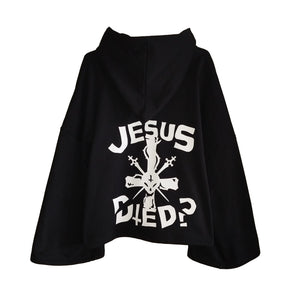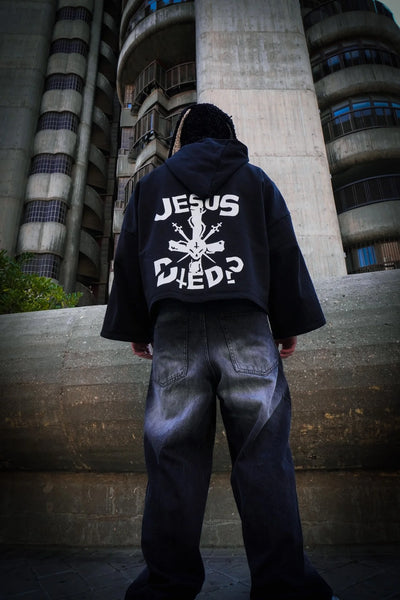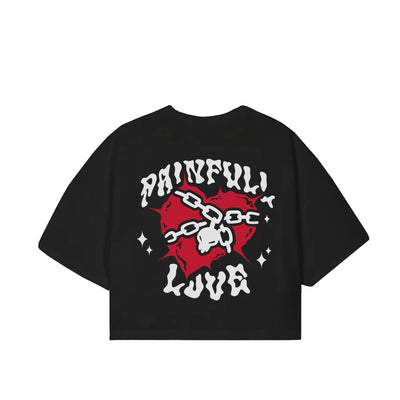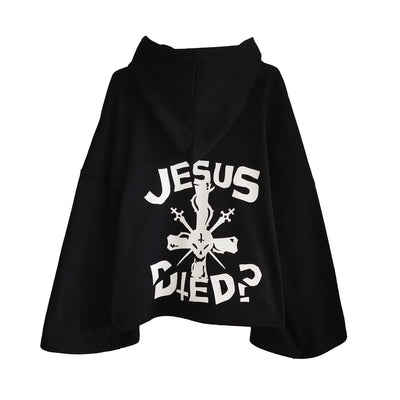The evolution of streetwear and how emerging brands like Skull Hearts align with the trend
Contents
Loose shirts, exclusive sneakers, logos that represent more than just clothing... Streetwear has ceased to be just a way of dressing and has become a cultural movement among young people. Are we witnessing a passing fad or a movement that shapes the identity of an entire generation? Increasingly, the balance is leaning toward the latter. Let's look at how streetwear brands are playing a key role in defining who we are and the values we embrace today.
1. From the streets of Los Angeles to the fashion capitals
In the 1980s, pioneering figures like Shawn Stüssy began stamping their graffiti on T-shirts and sweatshirts, laying the foundations for streetwear. What began as clothing inspired by skateboarding, surfing, and hip hop soon resonated with young people seeking an authentic form of expression. Iconic brands like Stüssy, Supreme, and A Bathing Ape defined the 1990s and 2000s, bringing street fashion into global pop culture.
In the 2010s, this phenomenon took another leap forward: collaborations between urban brands and luxury houses transformed streetwear. Supreme logos alongside Louis Vuitton and sneakers in high-fashion shows demonstrated that streetwear was no longer "inferior" but a key influence on global fashion. Limited releases, or "drops," became true events, creating a craze for the exclusive piece of the moment.
2. The new wave: independent brands and community
In the 2020s, streetwear is experiencing a new wave focused on authenticity and community. It's not just major international brands that dictate trends: dozens of independent brands have emerged, bringing their own local and creative flavor, connecting directly with their audiences through platforms like Instagram and TikTok.
In Spain, brands founded by twenty-somethings have achieved overwhelming success. For example, Nude Project, founded in 2018, revolutionized Spanish streetwear by connecting with Generation Z through oversized sweatshirts, bold graphics, and a strong social media presence. Its founders demonstrated that selling clothes today means building a universe around the brand.
Likewise, at Skull Hearts, we align perfectly with this current streetwear trend. As an emerging Spanish brand, we embrace nostalgic Y2K styles, oversized silhouettes, and alternative designs, always adding a personal touch and launching limited-edition garments. At Skull Hearts, we understand that authenticity lies in offering clothing that reflects your personality, connecting with young audiences and differentiating ourselves from traditional retail chains. That's why we reject the fast fashion model and focus on quality and originality in every collection. Our philosophy is literally "Fuck fast fashion!"
3. Constant evolution, intact spirit
Today, streetwear isn't just a trend; it's a way of expressing oneself and challenging established codes. From the beginnings of punk and hip hop to high-fashion collaborations, streetwear's evolution has been constant, but its rebellious and creative spirit remains intact.
Each new generation reinvents streetwear in its own way, keeping alive the spark of nonconformity and creativity that gave rise to it.
4. A movement that transcends seasons
What began on the streets has become a cultural movement that transcends passing fads. Streetwear is now a tool for communicating identity, rebellion, and belonging to a global community.
At Skull Hearts, alongside brands like Nude Project, Elixir Worldwide, and many others, we're writing important chapters in this movement. We believe that wearing exclusive streetwear isn't about showing off, but about expressing who you are and what matters to you. When millions of young people adopt this style, it creates a cultural phenomenon that shapes the identity of a generation.






